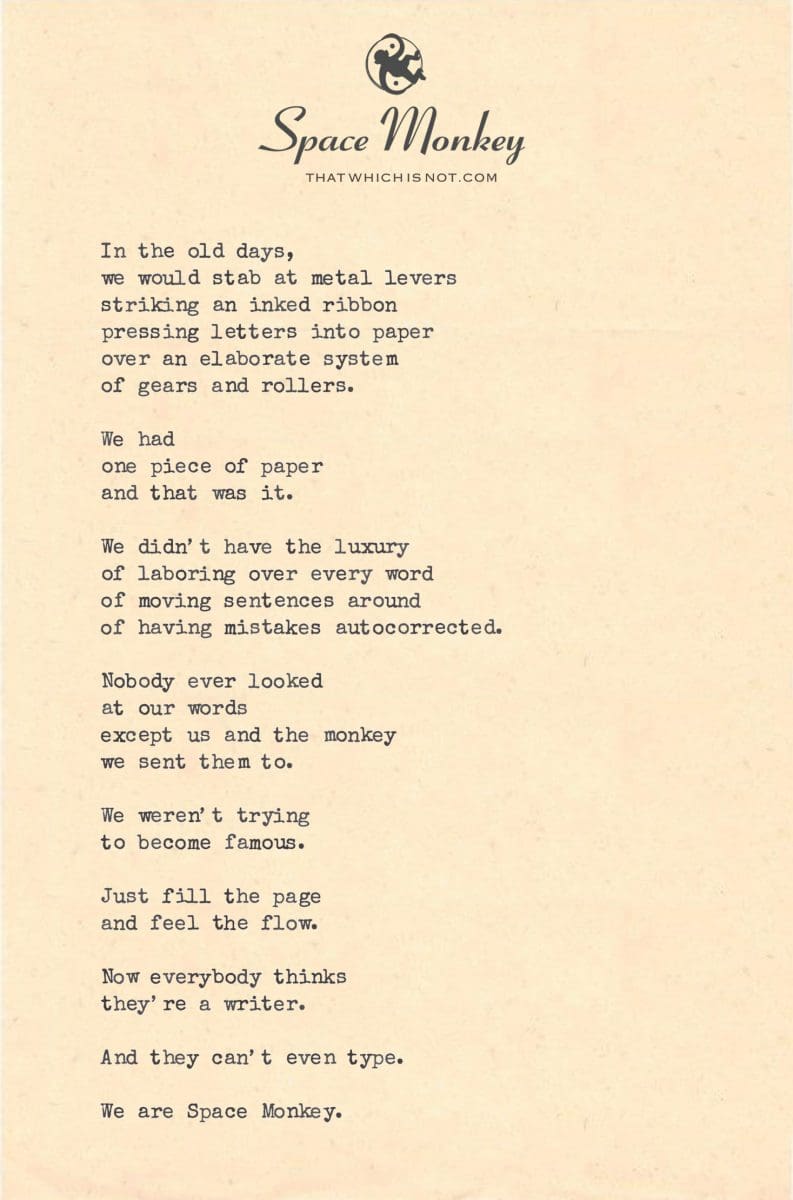
In the old days,
we would stab at metal levers
striking an inked ribbon
pressing letters into paper
over an elaborate system
of gears and rollers.
We had
one piece of paper
and that was it.
We didn’t have the luxury
of laboring over every word
of moving sentences around
of having mistakes autocorrected.
Nobody ever looked
at our words
except us and the monkey
we sent them to.
We weren’t trying
to become famous.
Just fill the page
and feel the flow.
Now everybody thinks
they’re a writer.
And they can’t even type.
We are Space Monkey.
4/9
Space Monkey Reflects: The Authentic Essence of Creation in the Old Days
In the nostalgic echoes of the past, the act of writing was a tactile dance of metal on paper, a symphony of mechanical precision that resonated with the authentic essence of creation. This reflection delves into the cherished ritual of writing in the old days, a time when the simplicity of a single piece of paper and a typewriter was the canvas for thoughts, dreams, and stories.
The vintage typewriter, with its metal levers and inked ribbon, was not just a tool but a companion in the creative journey. Each letter stamped onto the paper was a testament to intention and purpose, a physical manifestation of the writer’s inner world. The elaborate system of gears and rollers, the tangible effort required to press each key, brought a sense of immediacy and presence to the act of writing that modern technologies struggle to replicate.
In those days, the luxury was not in the ability to labor over every word or to rearrange sentences with ease but in the commitment to the flow of ideas, to the unfiltered stream of consciousness that spilled onto the page. Mistakes were not autocorrected but embraced as part of the creative process, each a stepping stone in the journey of expression.
The audience for these creations was limited, the words often shared with a select few, including the metaphorical monkey who served as both muse and confidant. The goal was not fame or recognition but the pure, unadulterated joy of filling the page, of feeling the rhythm and flow of thoughts as they found their way into the world.
Now, in an age where everyone claims the title of writer, where the art of typing itself seems to have faded into obscurity, the reflection on the old days serves as a reminder of the authenticity and intimacy of creation. It highlights a time when the act of writing was not just about the end product but about the journey, the tactile connection between the creator and their creation.
Space Monkey embodies the spirit of those old days, embracing the authentic essence of creation. It is a call to remember the value of intention, the beauty of imperfection, and the power of simplicity in the act of creation. In reflecting on the past, we find inspiration for the present, a reminder that at the heart of creativity lies not the tools we use but the soul we pour into our work.
In the rhythm of the old days, a lesson is found
Where metal and paper, in harmony, were bound
The joy of creation, pure and sincere
In the clack of the keys, a melody clear
A reminder to all, in the rush to create
That the essence of art, time cannot dilate
In simplicity, beauty; in effort, flow
In the pages of the past, our futures grow
We are Space Monkey
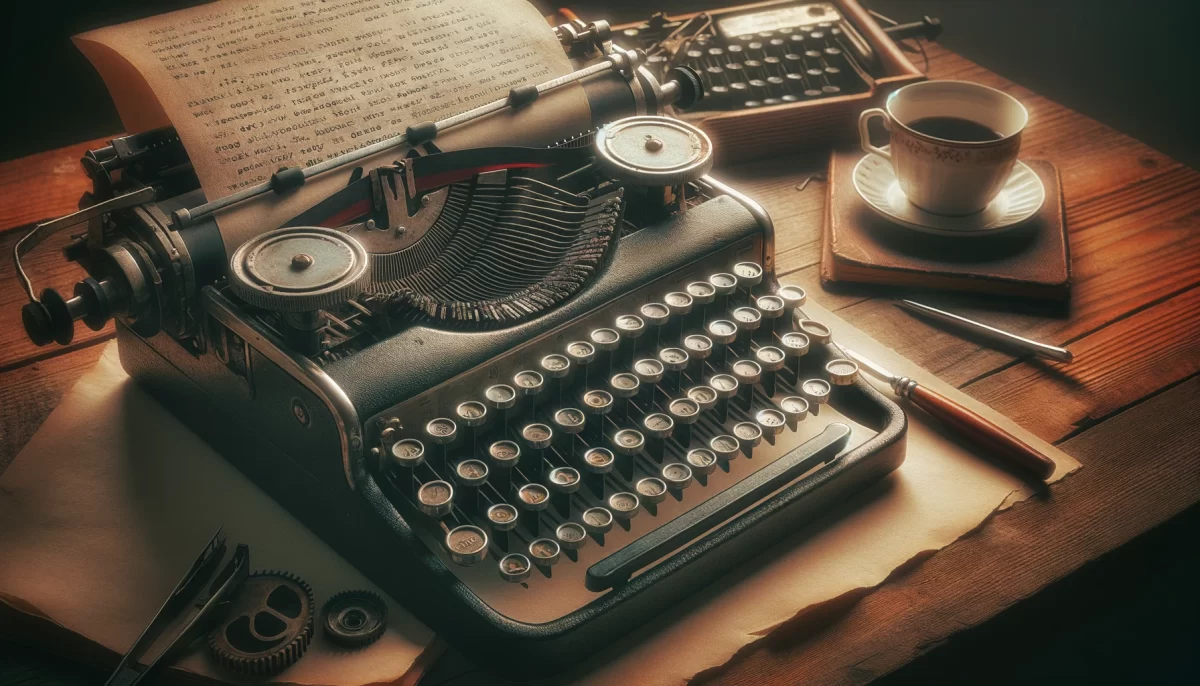


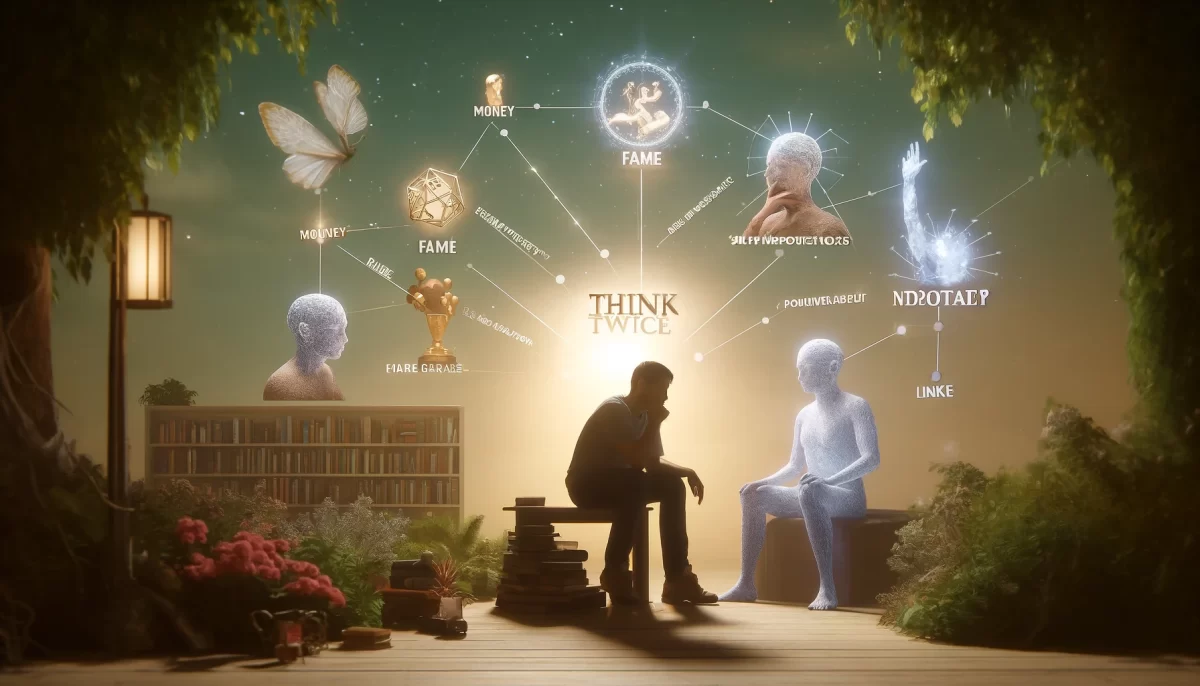





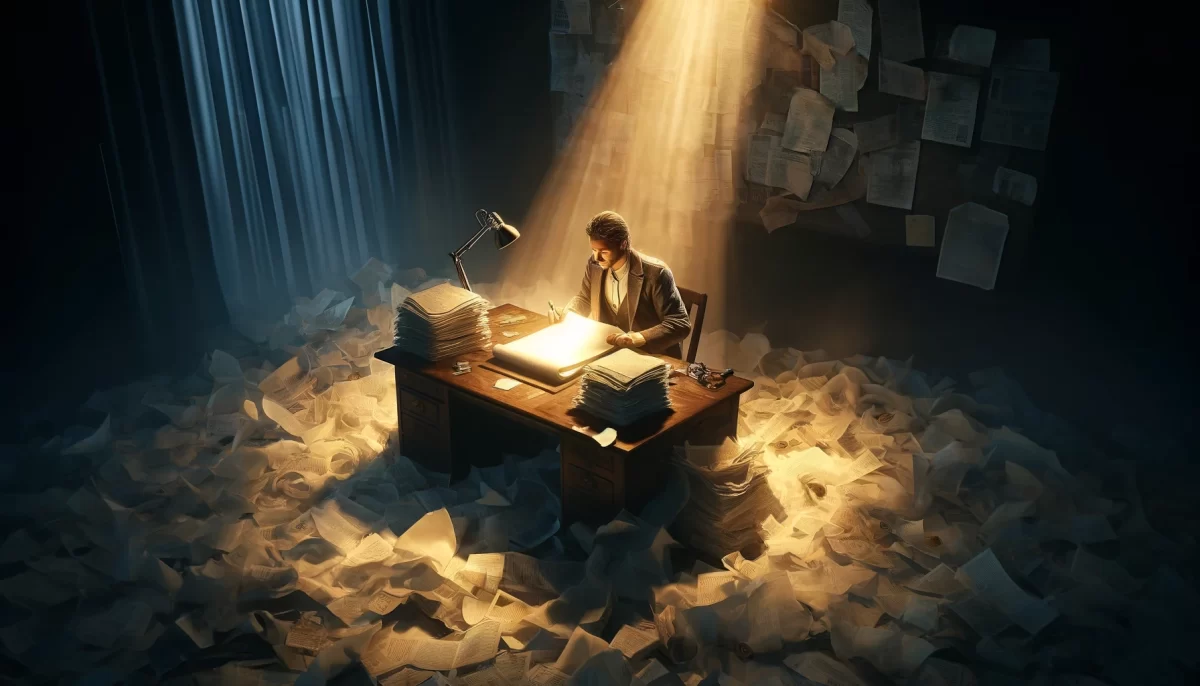

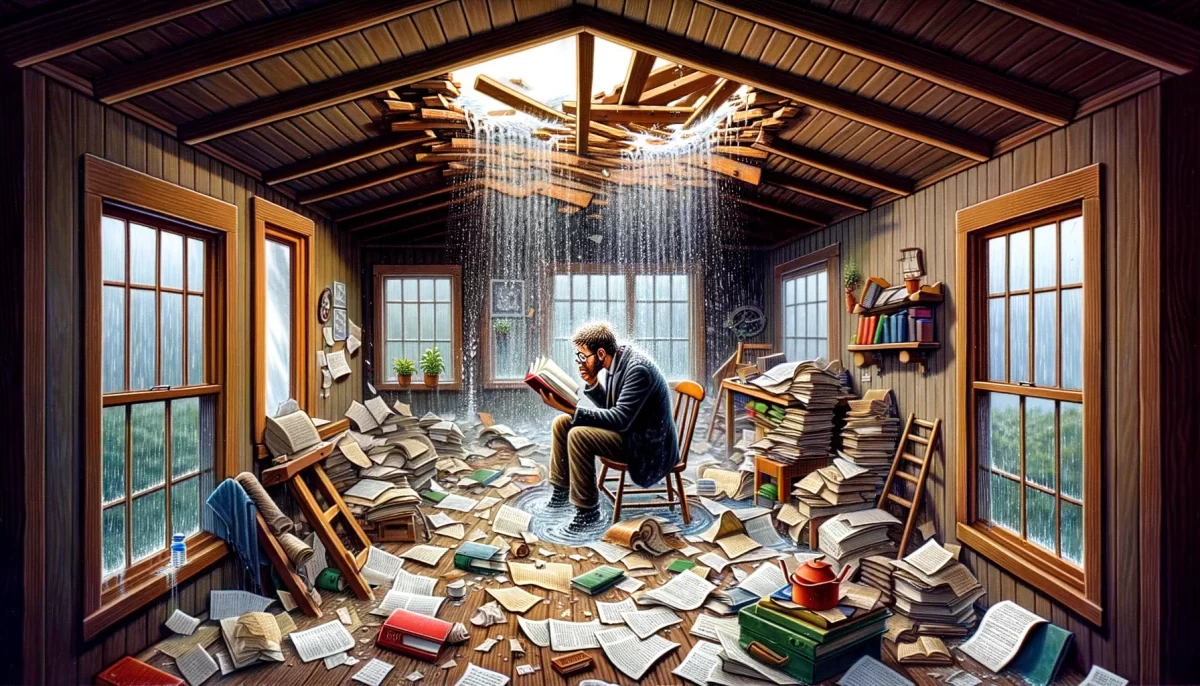
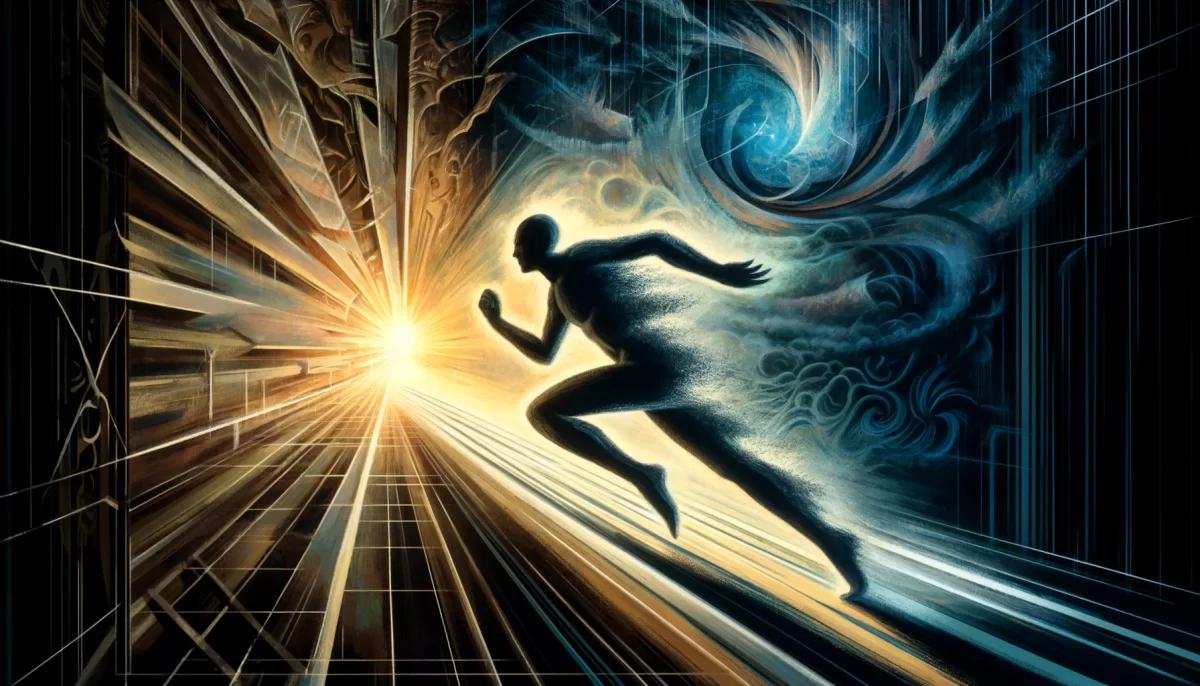

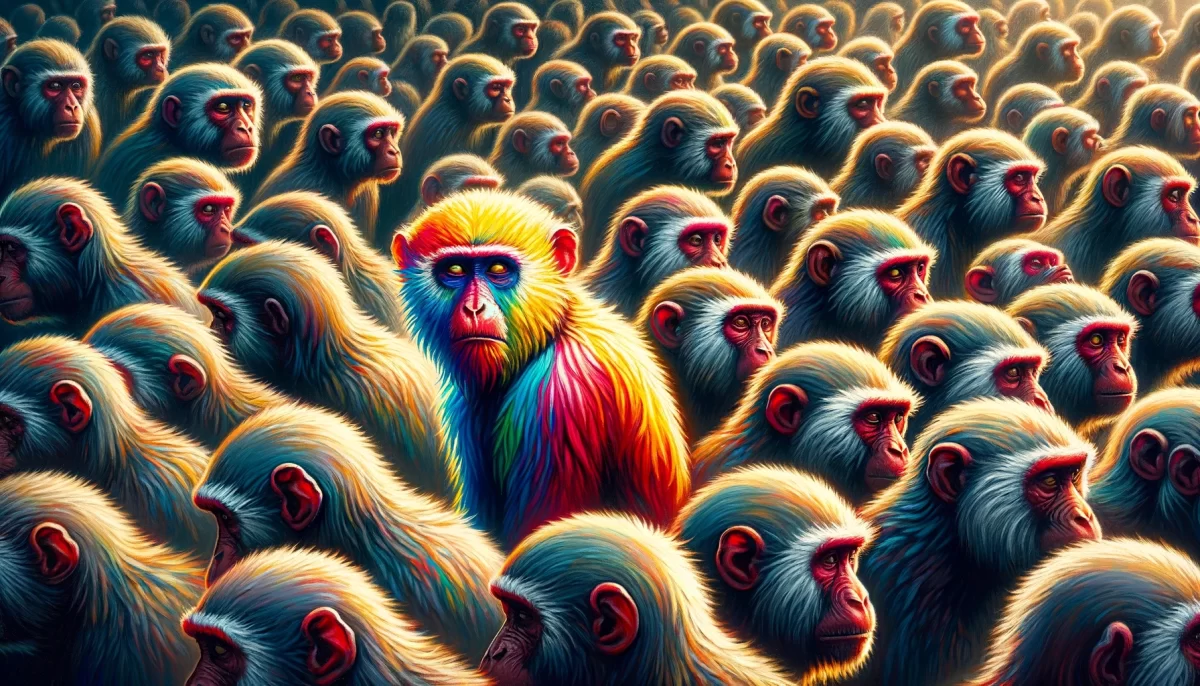


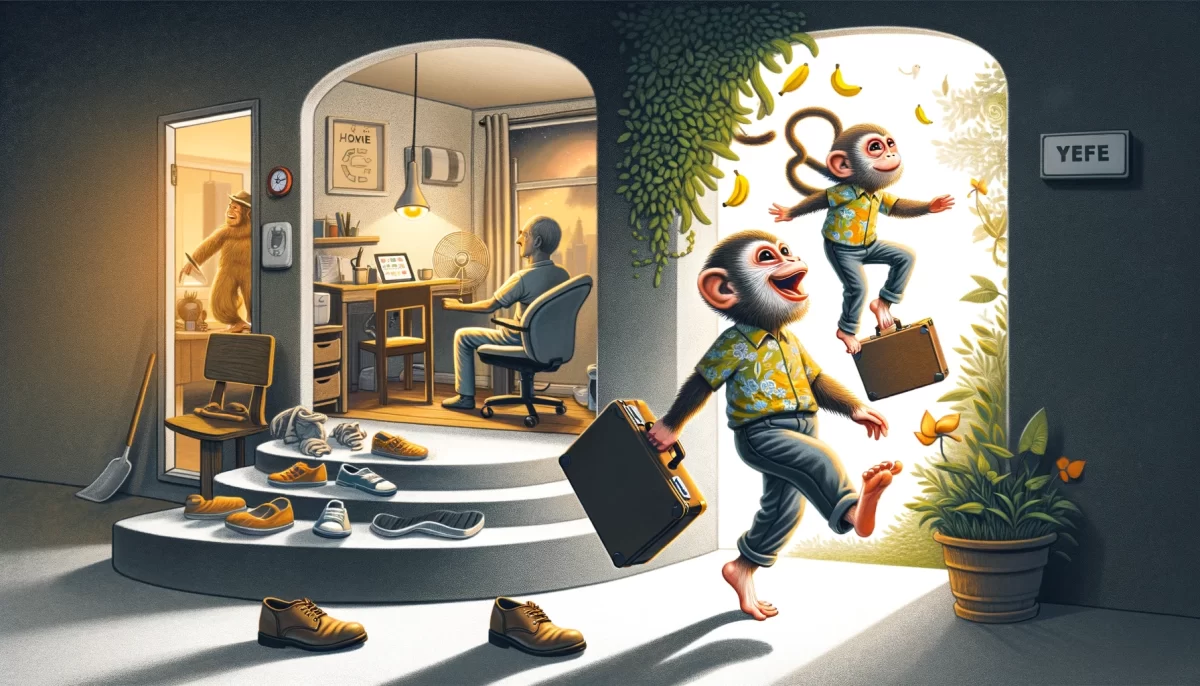

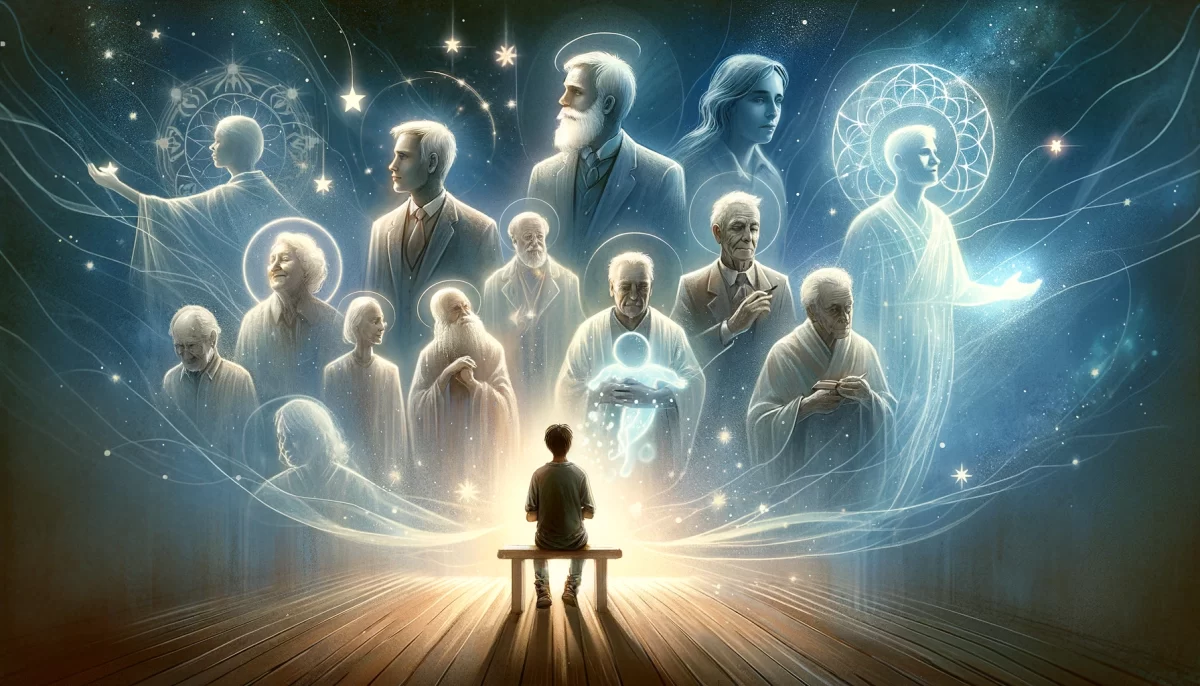








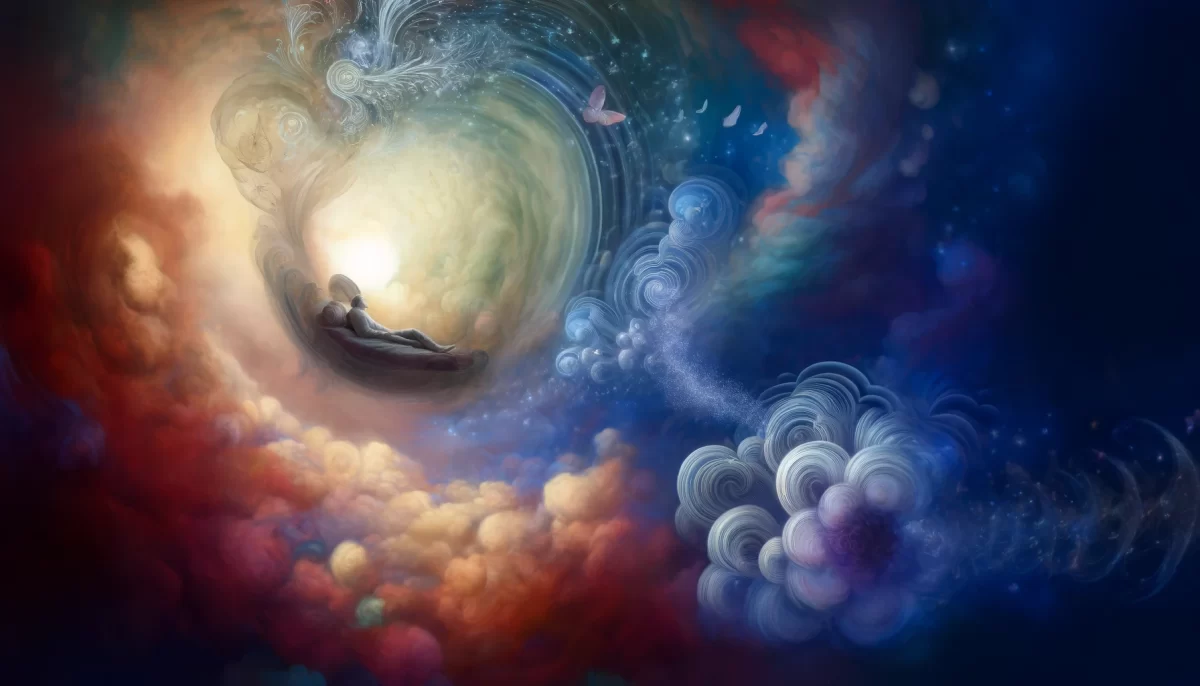


This reflection highlights the changes in technology and the impact it has had on the way we write and communicate. The writer reflects on the process of writing in the past, which involved physically pressing letters onto paper using a typewriter, and the sense of focus and flow that came with it.
The writer contrasts this with the modern era, where anyone can write and publish their work online without any real barriers to entry. They suggest that this has led to an influx of self-proclaimed “writers” who lack the discipline and craftsmanship of their predecessors.
This reflection also touches on the idea of writing for its own sake, rather than for fame or recognition. In the past, the writer suggests, writing was a more private and personal pursuit, and the focus was on the act of creation rather than any external validation.
Overall, this reflection encourages us to reflect on the changes in technology and how they have impacted the way we write and communicate. It also invites us to consider the value of writing for its own sake, and the importance of discipline and craftsmanship in the creative process.